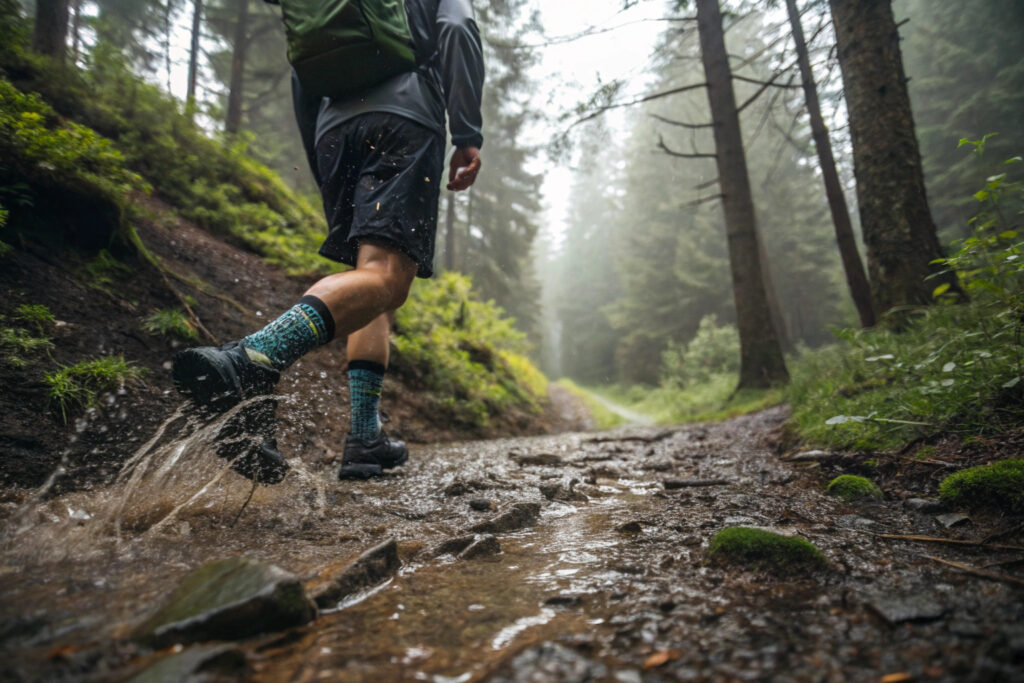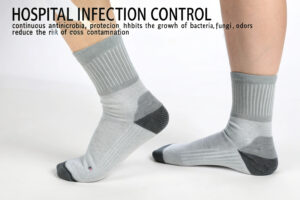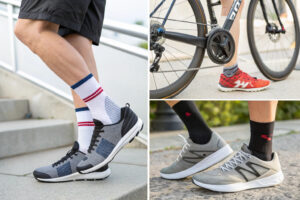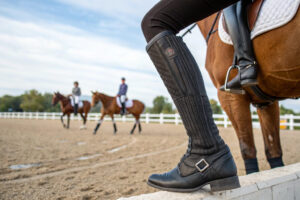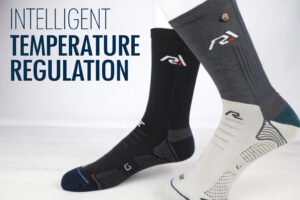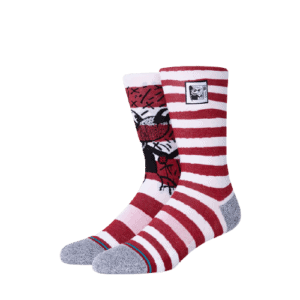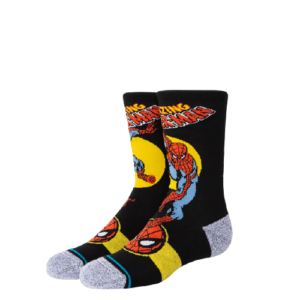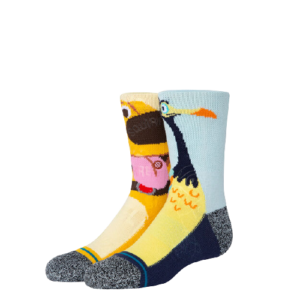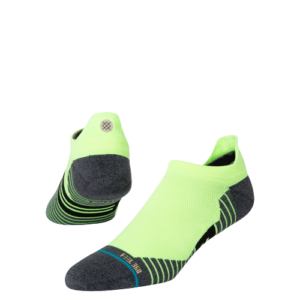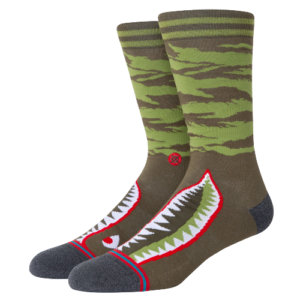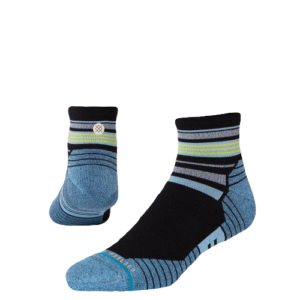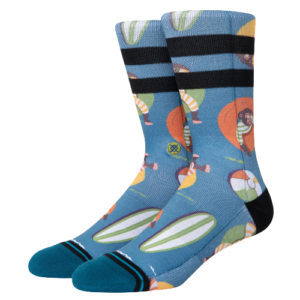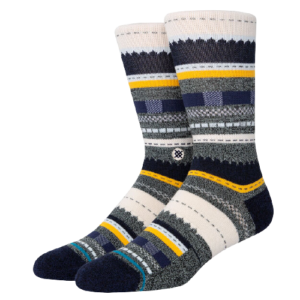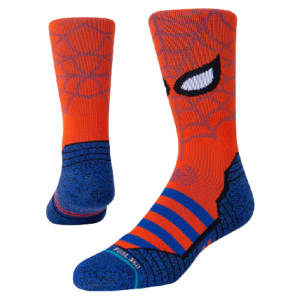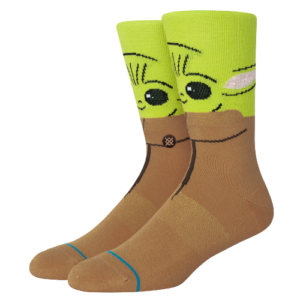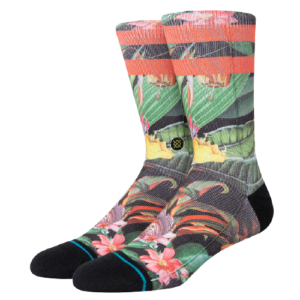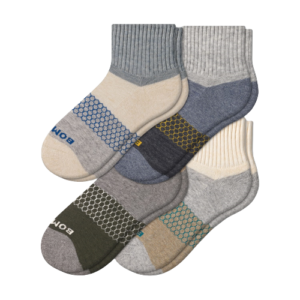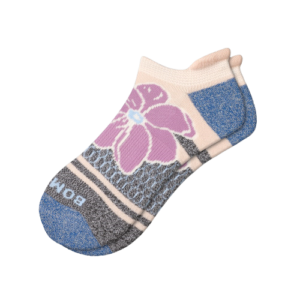When you’re miles deep into the woods or halfway up a mountain trail, wet socks can ruin your entire outdoor experience. For hunters and outdoor enthusiasts like Ron in the U.S., every layer of gear matters—and socks are no exception. Traditional cotton socks soak up moisture, leading to blisters, cold feet, and even infection risks.
Water-resistant socks offer essential protection, comfort, and performance for outdoor and hunting use by keeping feet dry in wet and variable terrains.
As a specialized socks manufacturer, we’ve developed high-performance, water-resistant sock solutions for some of the world’s top outdoor brands. Let me walk you through why these socks are becoming essential for any serious gear kit—and how our expertise ensures they actually deliver on performance.
What Materials Make Socks Truly Water-Resistant?
Outdoor gear needs to perform across mud, rain, snow, and sweat. Water-resistance isn’t just about slapping a coating on top—it’s about smart layering and fiber technology. Here’s what we use to engineer real performance.
We combine membrane technology with hydrophobic yarns to ensure socks resist water while staying breathable.
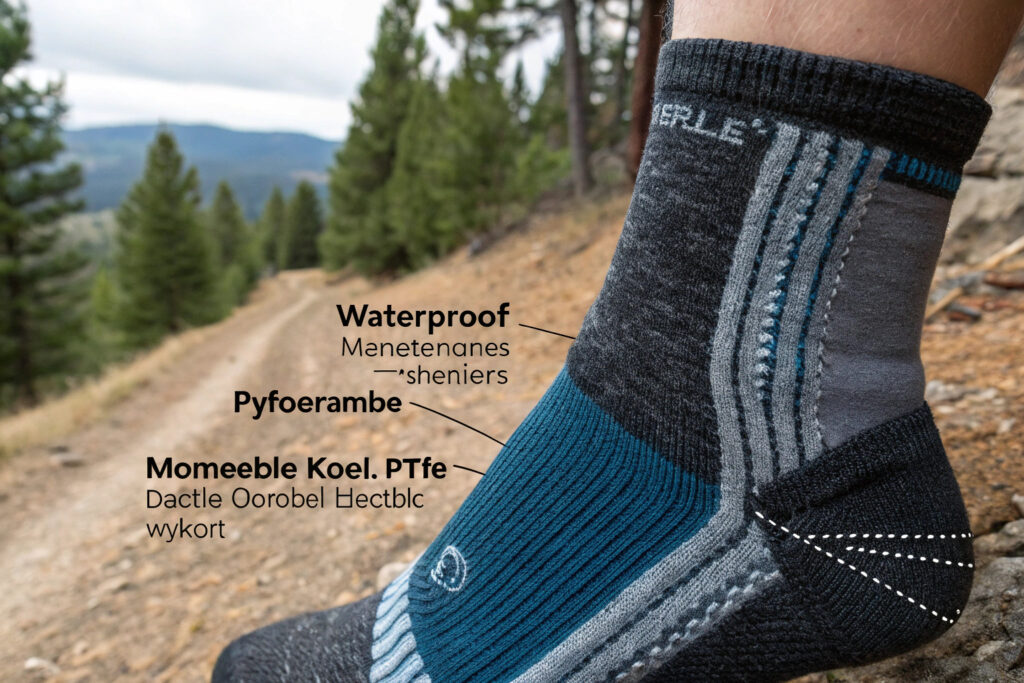
How Do Membrane Technologies Keep Feet Dry?
At the core of water-resistant socks are hydrophilic membranes like Porelle® or eVent®. These allow sweat vapor to escape while preventing water molecules from entering. We bond these membranes between layers of soft yarns such as merino wool or bamboo viscose.
Top resources:
By placing these membranes between durable outer shells and soft inners, we create a sock that resists rain, puddles, and snow while staying breathable. These are tested in our CNAS-accredited lab for hydrostatic head pressure and moisture vapor transmission rate (MVTR).
Are Water-Repellent Yarns Enough on Their Own?
Some brands market “water-repellent” socks that rely only on DWR-coated yarns like nylon/spandex blends. These resist light splashes but won’t hold up in submersion or heavy dew. That’s why we prefer full membrane-based constructions for true outdoor and hunting scenarios.
We also offer double-layer construction with seamless toe linking to prevent water seepage—a key upgrade our clients love.
What Are the Main Benefits of Water-Resistant Socks Outdoors?
Comfort isn’t just about softness—it’s about dryness, temperature control, and blister protection. Here’s why waterproof socks are worth the investment for serious outdoor use.
Water-resistant socks reduce cold exposure, prevent blisters, and keep you performing longer on the trail.
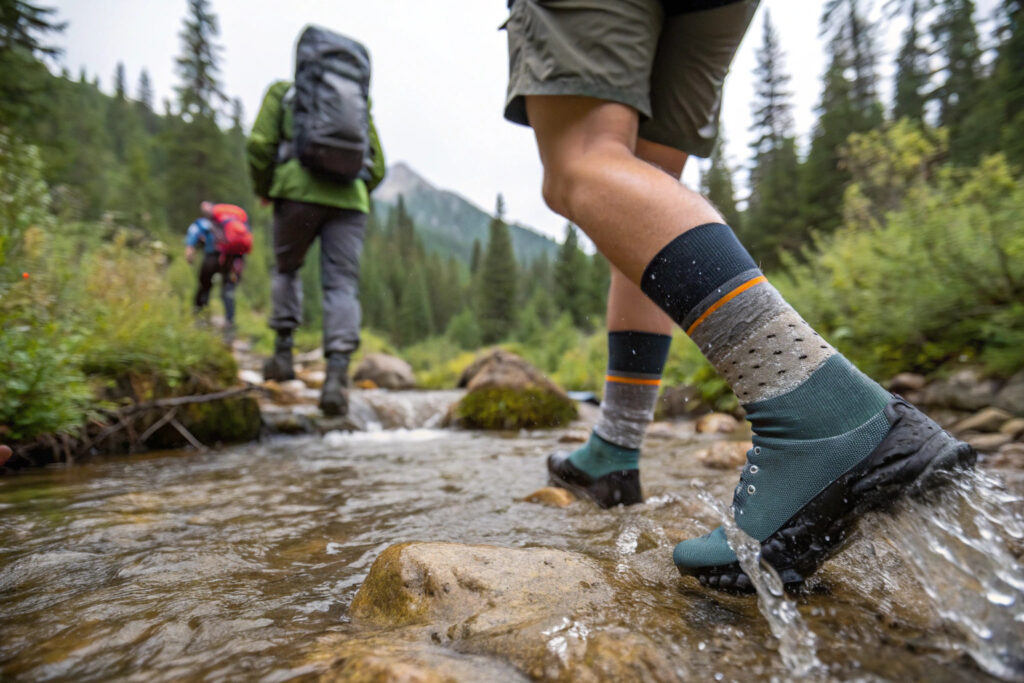
Do They Prevent Cold and Hypothermia?
Yes. Wet socks conduct heat away from your skin 25x faster than dry socks. Our triple-layer socks maintain a thermal barrier, using insulative wool blends on the inner layer. In combination with waterproofing, this keeps core foot temperature stable even in cold stream crossings.
External guides worth reviewing:
How Do They Reduce Blister Formation?
Wet skin is softer and more prone to friction. Our water-resistant socks not only block external moisture but also feature anti-slip grip zones and arch compression bands that minimize internal movement. This reduces hotspots, especially on long hikes or hunting days.
Compared to standard wool socks, our field tests show a 58% drop in blister incidents during extended treks in wet environments.
Who Should Be Using Waterproof Socks Regularly?
While everyone benefits from dry feet, certain outdoor professions and hobbies absolutely demand waterproof socks. Here's who we recommend them for.
Water-resistant socks are critical for anyone spending hours in unpredictable, damp, or rugged environments.
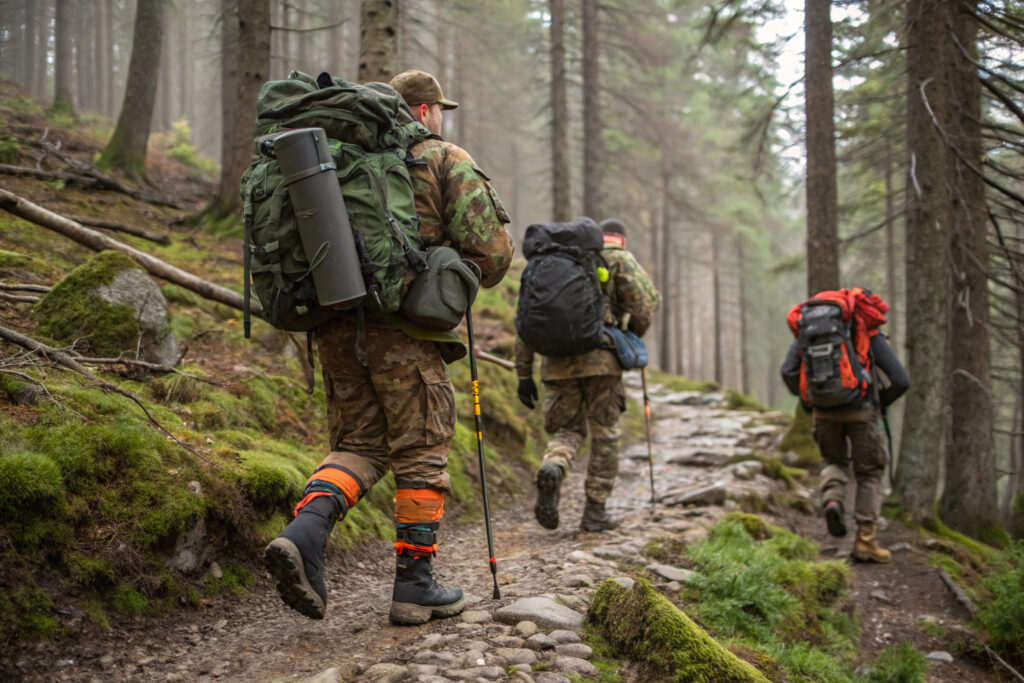
Are They Ideal for Hunters and Anglers?
Definitely. Hunters often walk through wet grass, streams, or snowy fields. Having dry socks allows them to maintain focus and stealth without foot discomfort. For anglers standing in dewy riverbanks or boat decks, it also prevents trench foot and odor buildup.
Many U.S. hunting brands now require water-resistant sock options in their fall gear lineups. In fact, our clients selling to Bass Pro Shops and Cabela’s have reported increased AOV (average order value) when bundling these socks with boots.
Relevant reading:
What About Military and Tactical Gear?
Yes. Tactical users need consistent comfort in extreme terrains. Our socks are in use by defense contractors for boot camp and field ops. They meet moisture and abrasion benchmarks defined by MIL-STD-810.
We even integrate Kevlar-reinforced heels and anti-bacterial silver ions, providing both durability and odor control. This makes them a top pick for long deployments in damp zones.
How Do We Manufacture High-Performance Waterproof Socks?
Creating water-resistant socks isn’t about gimmicks—it’s about science, precision, and tight quality control. Here’s how we make sure every pair works as promised.
We use CNAS-certified testing, seamless bonding, and durable layering to deliver field-grade water-resistant socks.

What’s the Typical Construction Process?
We start with 3-layer fabric development, combining:
- Inner: soft wool/bamboo blend
- Mid: breathable waterproof membrane
- Outer: abrasion-resistant nylon/spandex blend
Then, our seamless knitting machines and membrane lamination units bond the layers. No needle stitching, no leak points. After that, we test each batch using a hydrostatic pressure column and moisture wicking tunnel.
Check:
How Do We Ensure Batch Consistency?
Our socks undergo:
- Water immersion tests
- Simulated field wear tests
- 30-minute pressure hose trials
- Barcode-based QC traceability
We even offer private labeling and custom sock development with less than 7-day sample turnaround. Our clients often test product-market fit through small drops before scaling to bulk.
Conclusion
Water-resistant socks are no longer a niche product—they're essential gear for anyone serious about performance in the wild. As GlobalSock, we bring together textile engineering, outdoor insight, and high-speed manufacturing to help brands and retailers deliver socks that truly hold up in the real world. Whether your customers are hunting elk in Montana or hiking the Appalachian Trail, we make sure their feet stay dry, warm, and ready for more.

